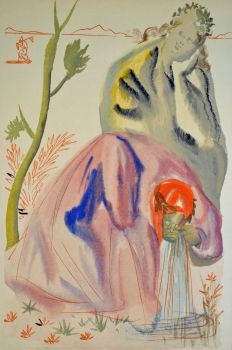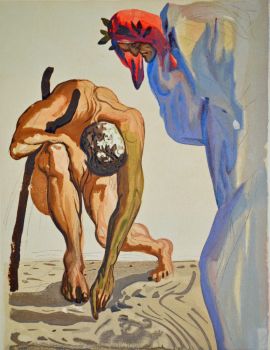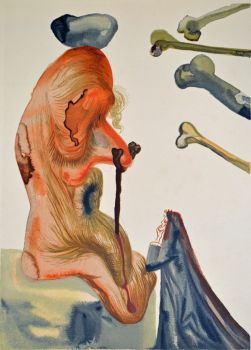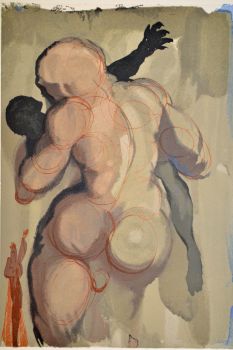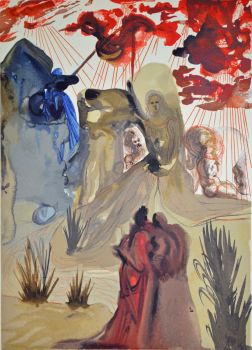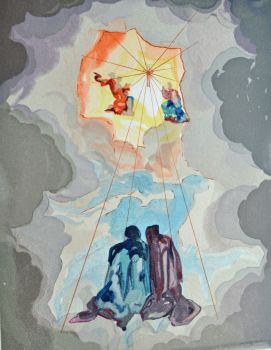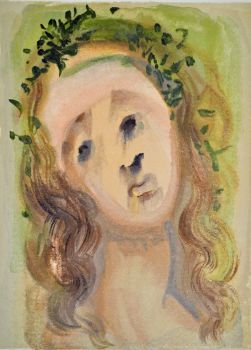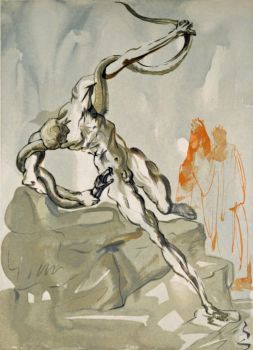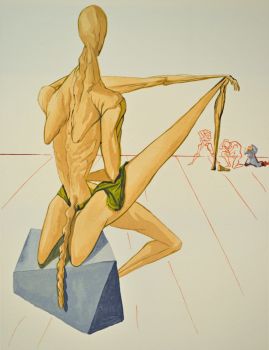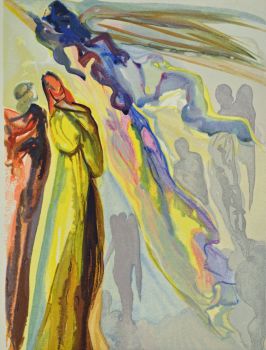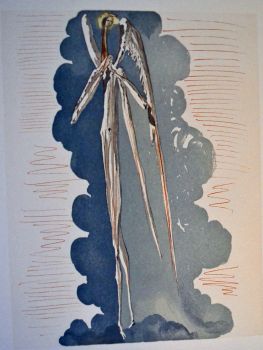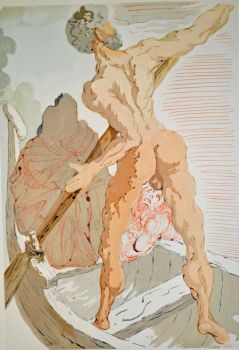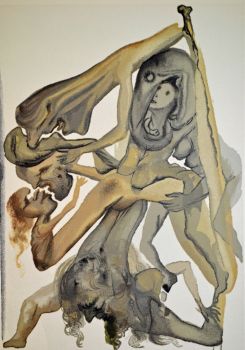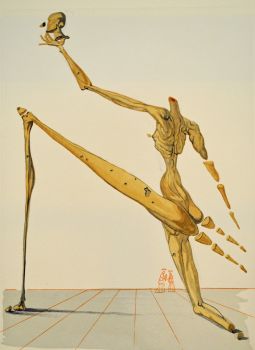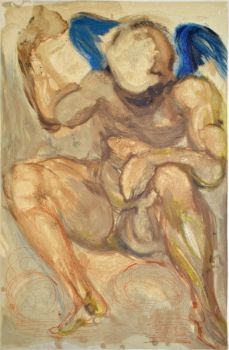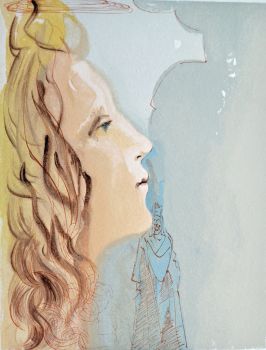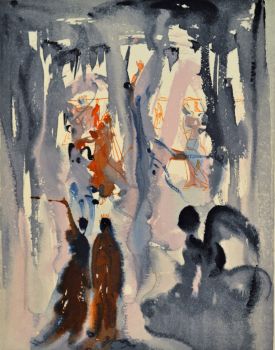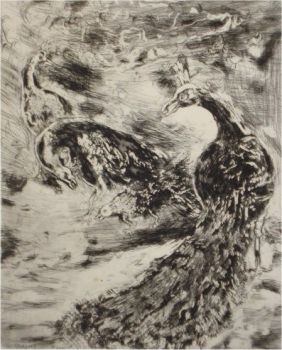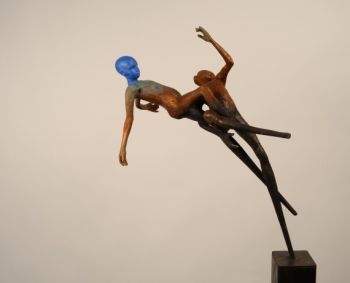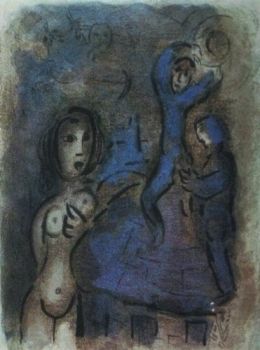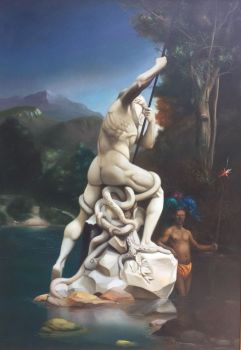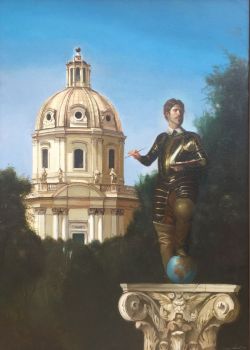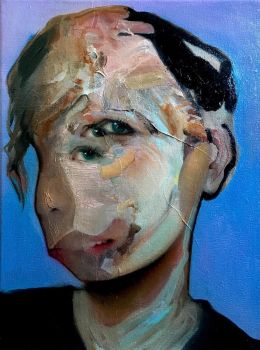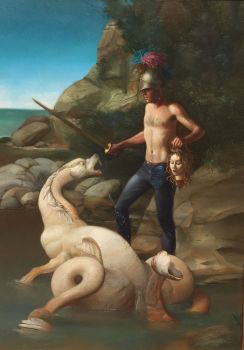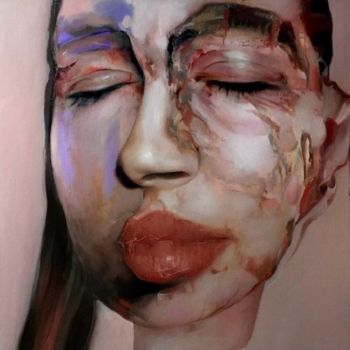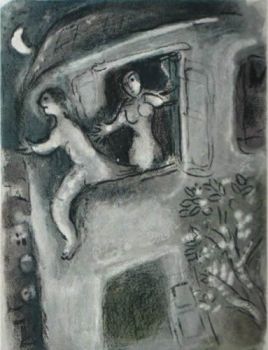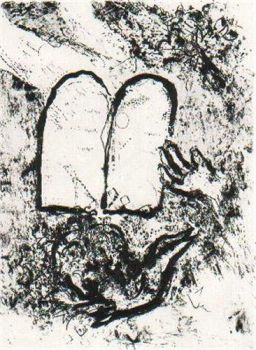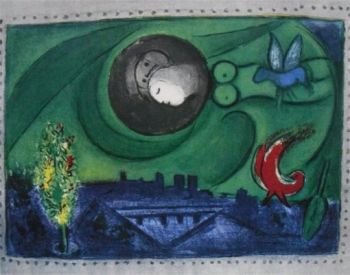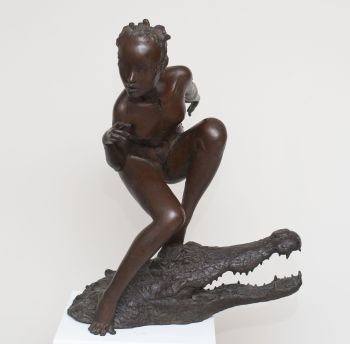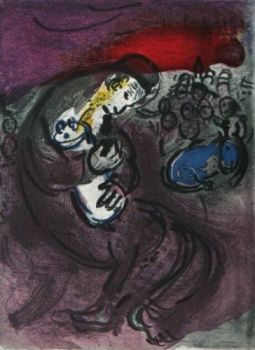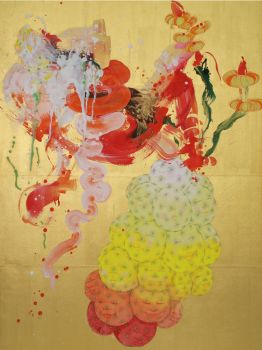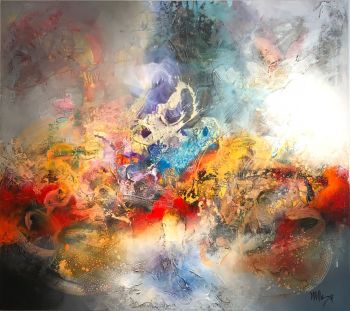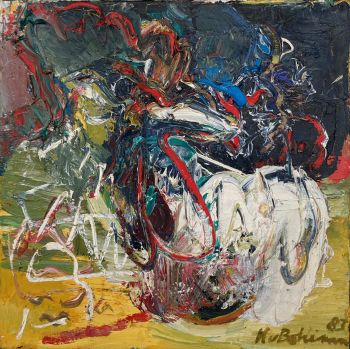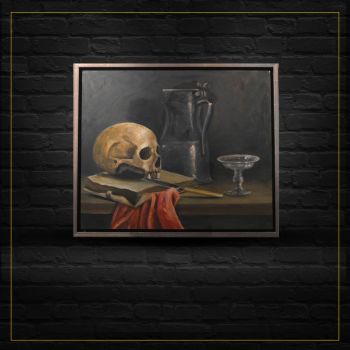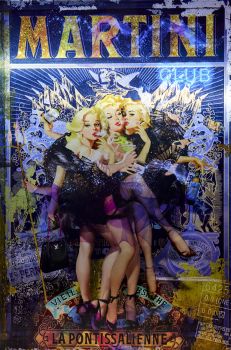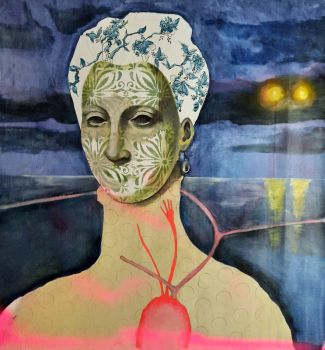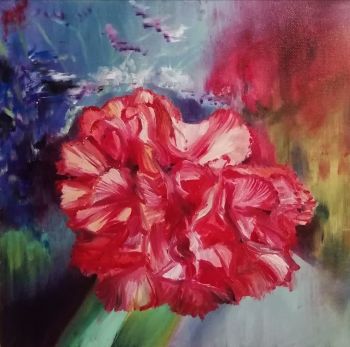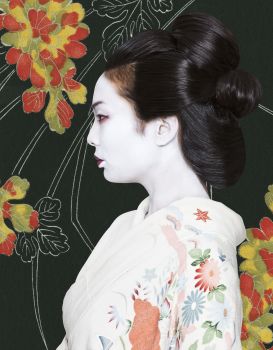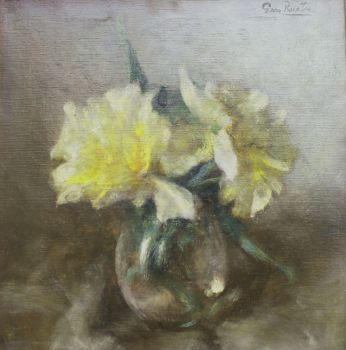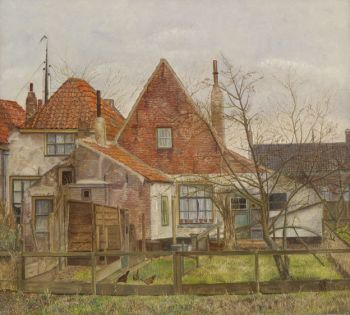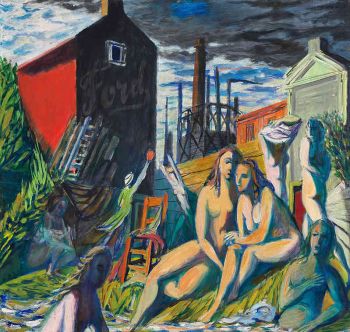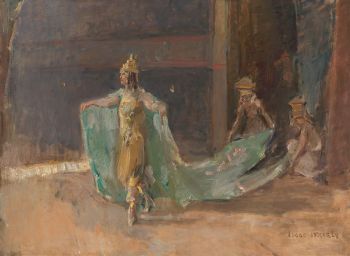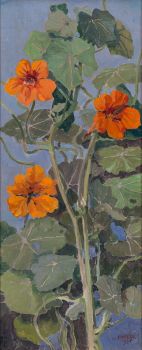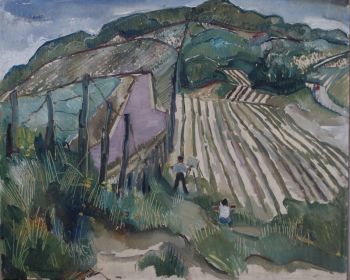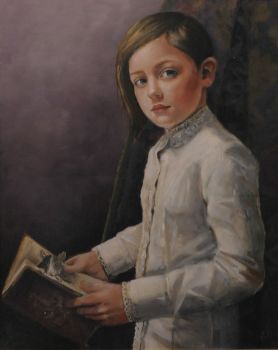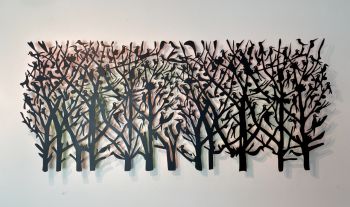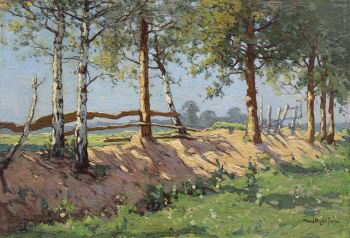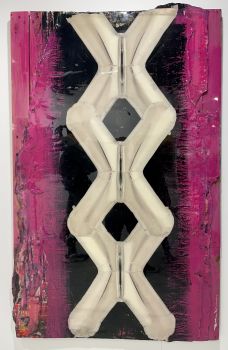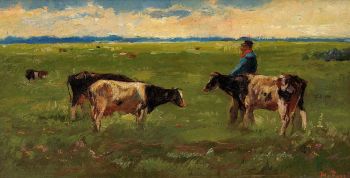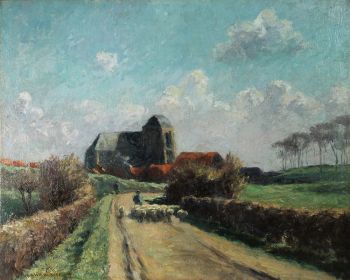Surrealism unraveled
"Watches like melted camembert cheeses, sailing ships with butterfly wings for sails or an elephant with long thin giraffe-like legs", images that you would not expect. Surrealism often offers absurdist scenes, enigmatic combinations of objects with which the artists of surrealism often manage to arouse uneasy feelings in the viewer. In this article we explain more about what surrealism is, how it originated and what its specific characteristics are. We also give you examples of well-known surrealist artworks and artists. At the end of this article we show you where you can discover the most beautiful surrealistic works of art that are for sale.
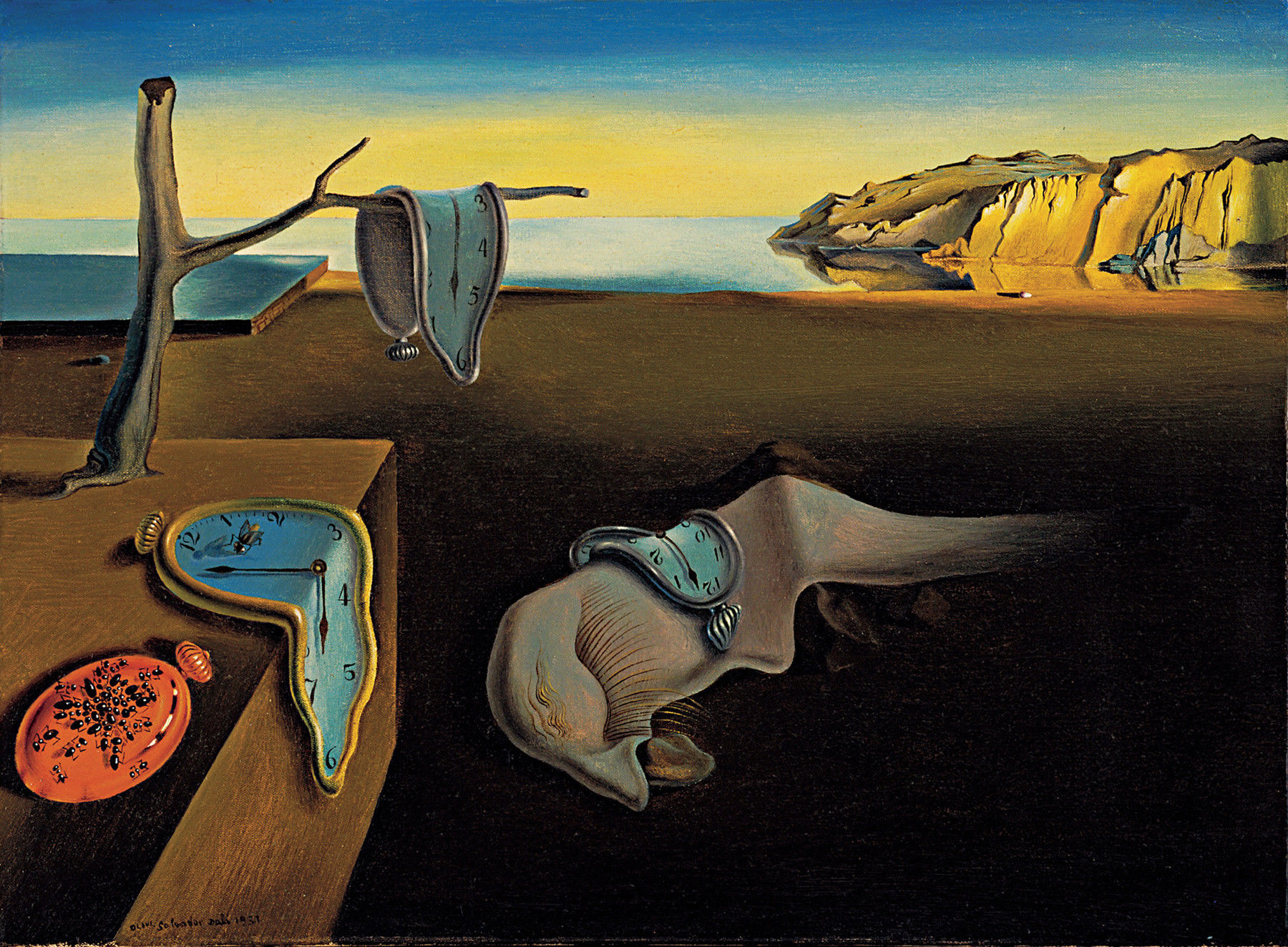 Surrealism; Salvador Dali, The Perseverance of Memory, 1931 with the typical 'melting timepieces'
Surrealism; Salvador Dali, The Perseverance of Memory, 1931 with the typical 'melting timepieces'
The definition of Surrealism
The term surrealism is also called 'sur-reality' and can be translated as 'new' reality. Surrealism is the elimination of everything that stands in the way of the spontaneous nature of thought, such as reason and moral prejudice. Through dream images and associations, surrealist painters create images that express the irrational and subconscious. Usually performed in a hyper-realistic style, the Surrealists compose images in absolutely unexpected, surprising and also shocking combinations.
Surrealists try to let their imagination run wild as much as possible. For example, they paint dream images. But drawing 'automatic', for example, is also a way to show your imagination. In surrealist literature, people are often freely associated with texts.
Spontaneous expressions without the intervention of the mind, 'psychic automatism', is an important means in surrealist literature as well as in the visual arts for giving expression to what takes place in the subconscious mind.
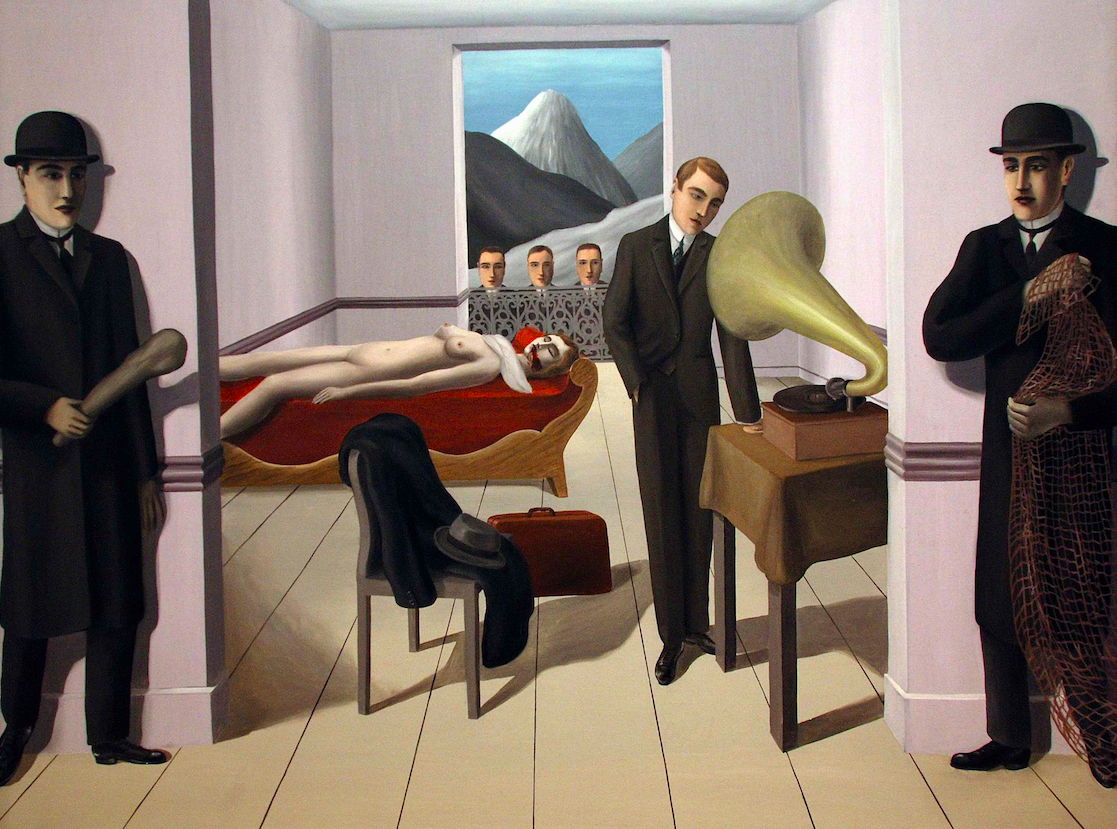 Surreallist painting by Rene Magritte "The threatened and the murdered"
Surreallist painting by Rene Magritte "The threatened and the murdered"
The Origin of Surrealism
Dadaism
Surrealism finally emerged from this Dada movement. The surrealist artists took over the compulsion for the non-rational and personal expression from the Dada artists.
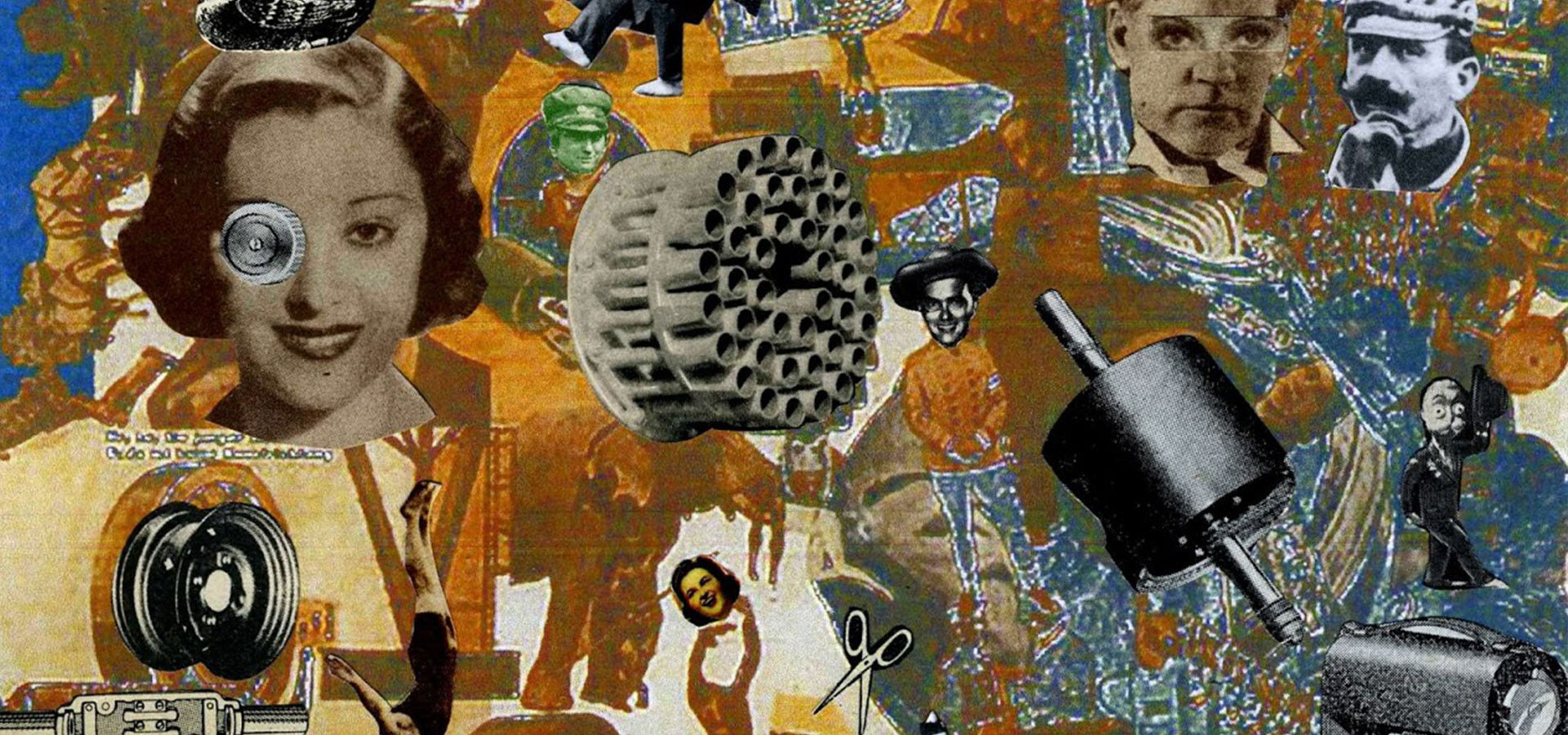 Surrealism; detail of a 'dadaist work' by Hannah Höch, Schnitt mit dem Küchenmesser, 1919
Surrealism; detail of a 'dadaist work' by Hannah Höch, Schnitt mit dem Küchenmesser, 1919
Surrealism as an art form
The word "surrealism" was coined in 1917 by the poet Guillaume Apollinaire, because the term "supranaturalism" was already widely used by philosophers. The French poet and writer André Breton wrote the 'Manifeste du Surrealisme' in 1924, which introduced Surrealism as a new art form. According to Breton, the goal of surrealism is to “dissolve the contradictory conditions of dream and reality in an absolute reality, a super-reality” or a surreality.
Surrealism and Sigmund Freud
The surrealists based their ideas on the theories of Sigmund Freud (1856-1939). In Freud's psychoanalysis, all kinds of unconscious, repressed traumas and feelings were brought up through free association and dream interpretations. During sleep, suppressed feelings and repressed experiences would reveal themselves in the form of dreams. In this way the inner truth of each individual person emerges. The artists of surrealism tried to make the existence of the subconscious visible by imagining the dream world.
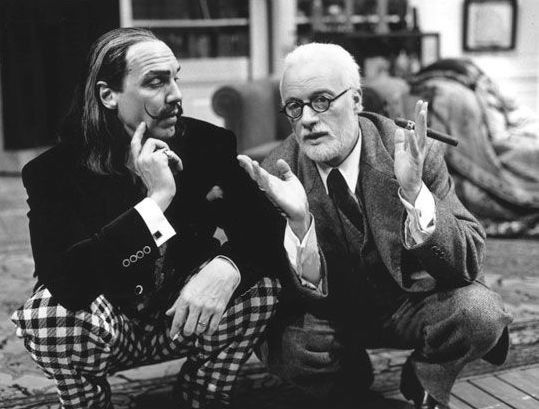 Surrealism; Salvador Dali and Sigmund Freud
Surrealism; Salvador Dali and Sigmund Freud
Surrealism as a critical society
Surrealism really took off in the Roaring Twenties, a time of economic growth and shifting social standards fueled by the new forms of mass media. At the same time, there was also a growing aversion to conservatism and capitalism among writers and artists. Together with the scars of the recent First World War, this contributed to the emergence of a movement based entirely on the illogical and the strange, both as a social critique and a creative expression.
For example, in about 1925 André Breton thought that the true liberation of man was only possible after the revolution of the working class. He called on all surrealists to join the communist party, but by no means all members complied. This caused several conflicts within the movement.
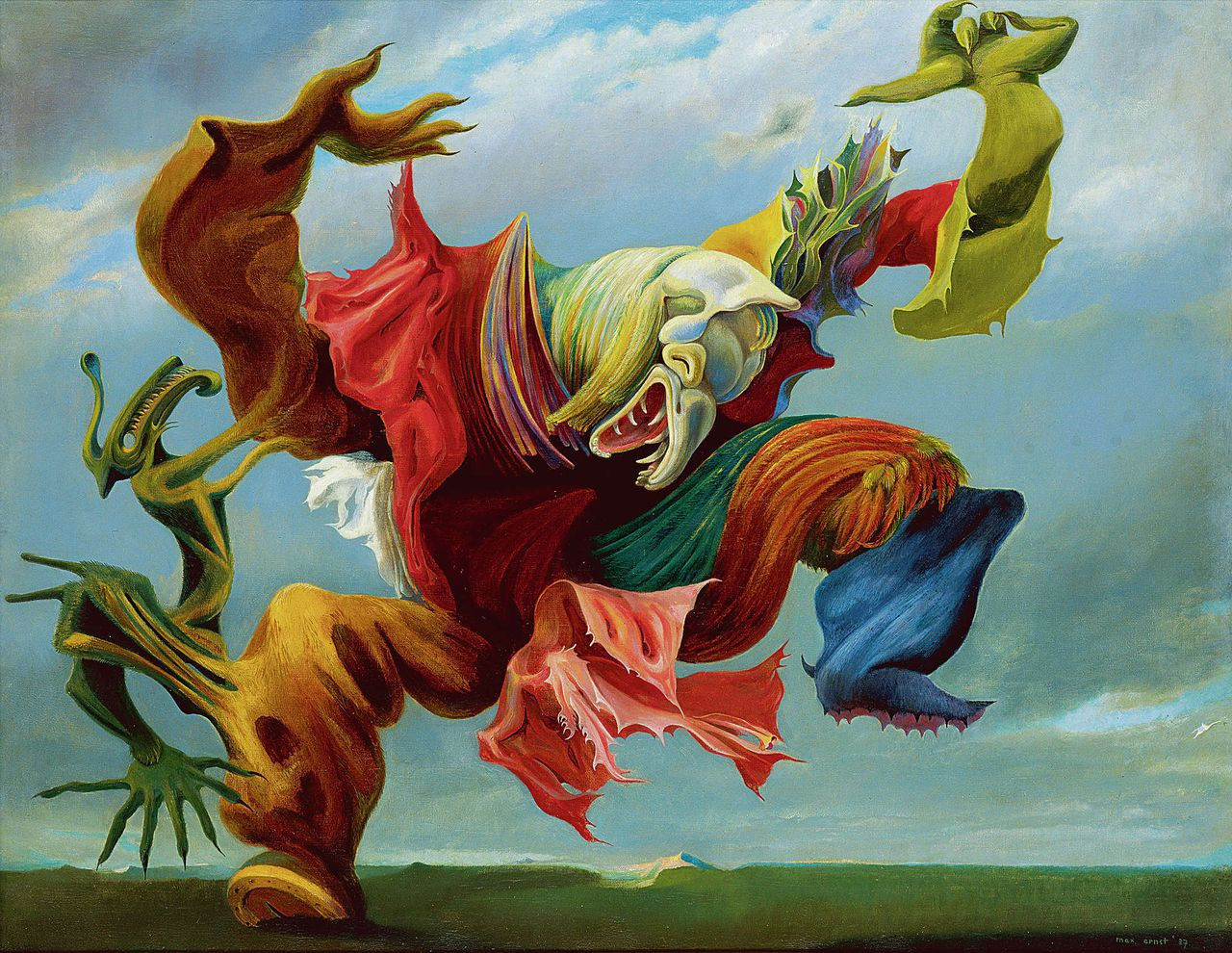 Max Ernst, 'The Angel of the Home, 'The Triumph of Surrealism', 1937
Max Ernst, 'The Angel of the Home, 'The Triumph of Surrealism', 1937
Characteristics of Surrealist Artworks
Usually Surrealist art is executed in a 'hyper-realistic style' and images are composed in absolutely unexpected, surprising or even shocking combinations. Surrealistic art can be totally abstract or very recognizable, but it is certainly not realistic. Surrealists try to give their imagination free rein as much as possible by creating dream images, for example.
Generally recognizable things are often very realistically portrayed in an almost photographic way, but because illogical combinations are made, or the material from which something is made appears to be deformed, an alienating, sometimes nightmare-like image is nevertheless created. Long drop shadows and the often seemingly endless perspective are also often characteristic of surrealist art. The intertwining of different layers in the performance also contributes to a surrealistic effect.
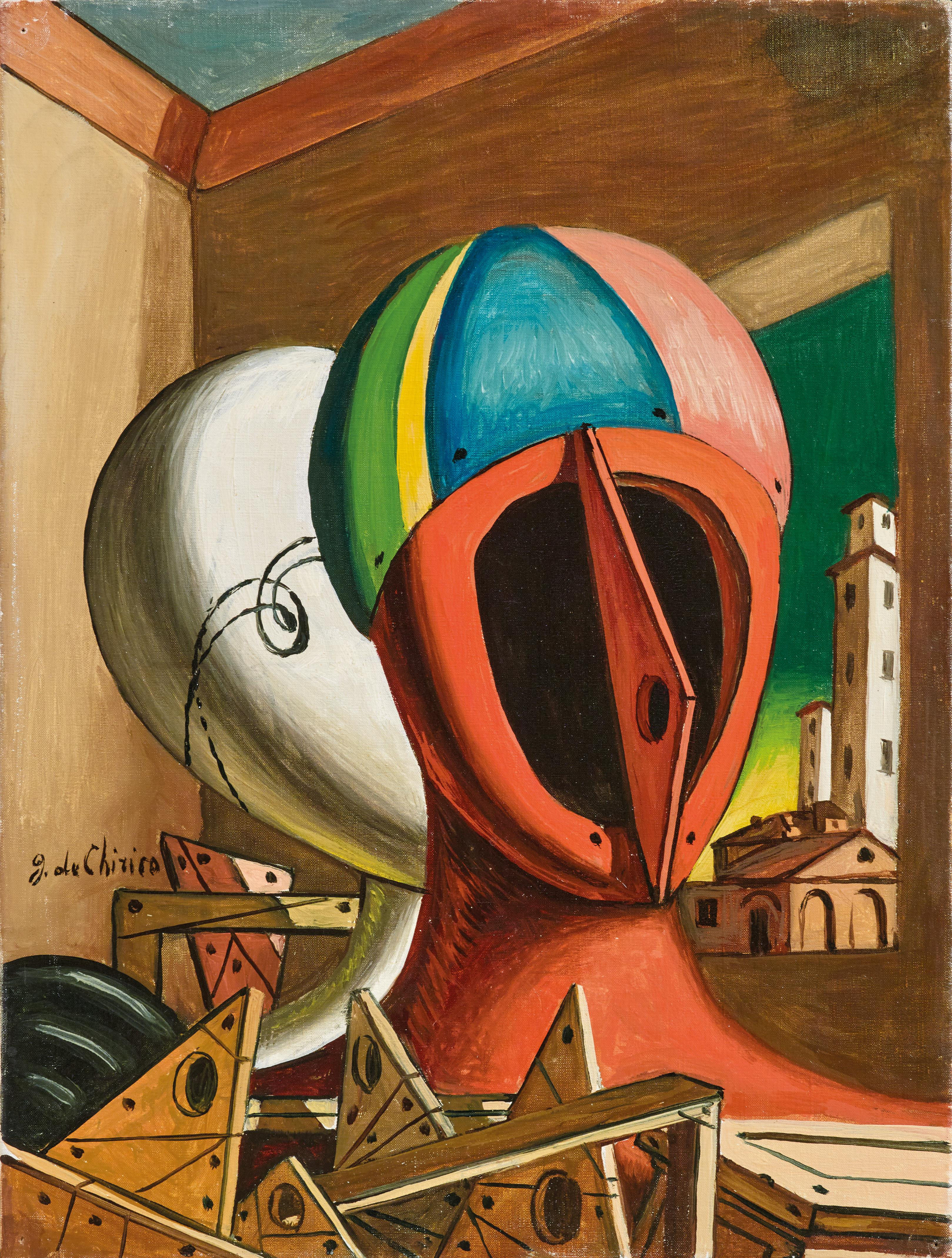 Surreal painting by Giorgio de Chirico, Oreste e Pilade, 1955-1960
Surreal painting by Giorgio de Chirico, Oreste e Pilade, 1955-1960
Techniques used in Surrealist art
Surrealist artists can use a variety of techniques to draw inspiration from the subconscious and create surreal images and effects. Well-known techniques used to depict surrealism include:
Cadavre exquis - several people work together on a text or an image. In the case of a drawing on paper, they take turns working on a drawing, folding the previous person's work over. This creates strange figures executed in different manuscripts or styles.
Collage - by cutting out and pasting images that are not related to each other, new, non-existent, objects are made.
Decalcomania - paint or ink on one paper is transferred to another paper, creating erratic images.
Frottage - a paper is placed on a surface with a structure, a pencil is rubbed over the paper, so that the structure becomes visible. Grattage is a variant of this, in which a structure is placed under a still wet paintwork. The wet paint is scraped off with a palette knife, so that the structure becomes visible.
Oscillation technique - a can of paint with a hole in the bottom is hung on a wire above the canvas and tossed back and forth. This creates lines and drops that take the form of lissajous figures.
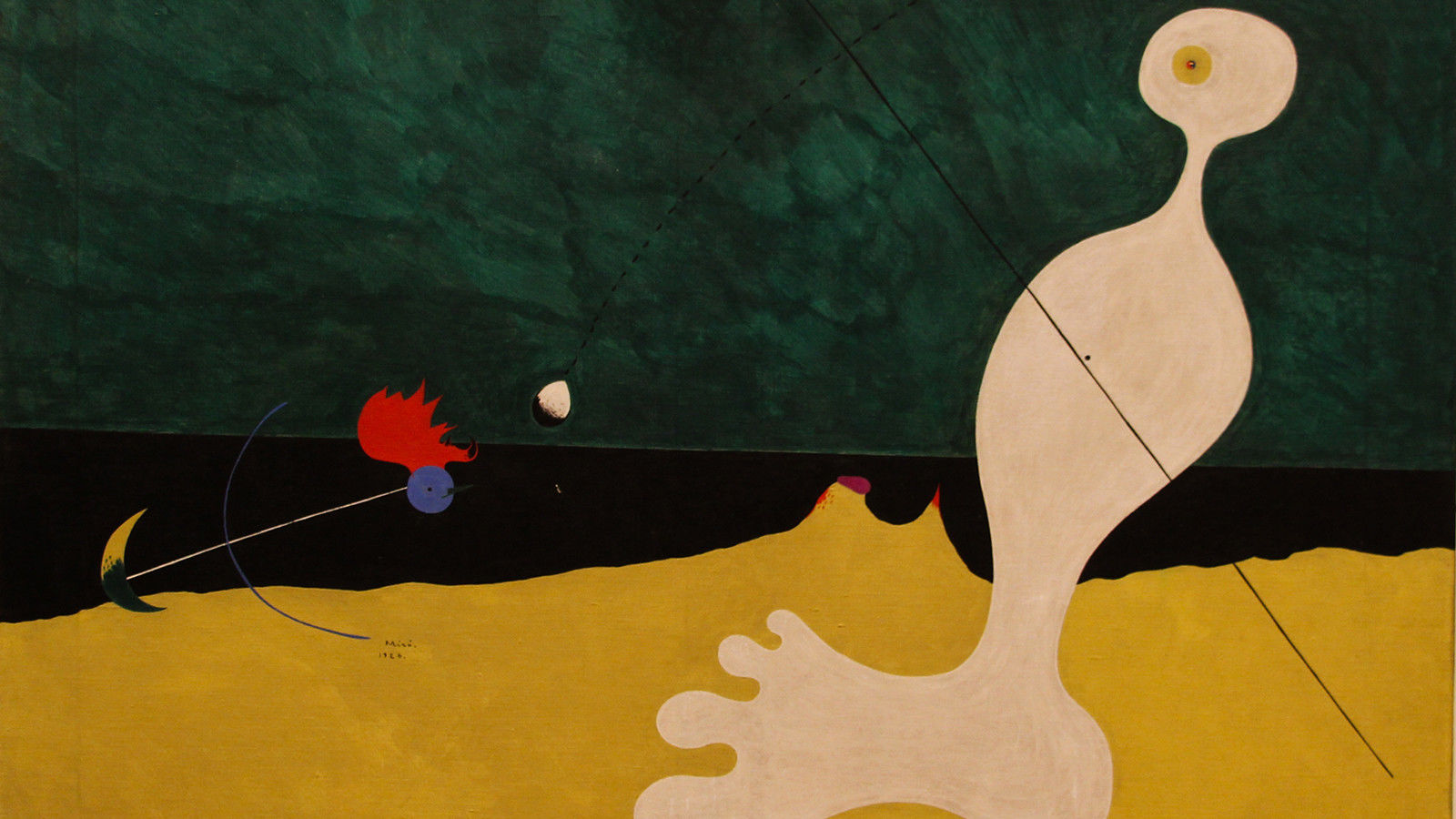 Abstract surrealistisch schilderij van Joan Miró, 'Person Throwing a Stone at a Bird', 1926 by Joan Miro
Abstract surrealistisch schilderij van Joan Miró, 'Person Throwing a Stone at a Bird', 1926 by Joan Miro
The influence and spread of Surrealism
The 1930s are also known as the Golden Years for surrealism. Many well-known artists such as Salvador Dalí ensured a rapid growth of the movement. Because of World War II, many Surrealists also fled to North America, spreading the art movement to the heart of the American art scene: New York City. It also appears to be a source of inspiration for Jackson Pollock and other artists of American abstract expressionism.
Postmodernism also emerged in the second half of the twentieth century, a movement with many similarities, but also fundamental differences with surrealism.
After André Breton's death in 1966, surrealist groups continued to exist, but the original Parisian group was disbanded in 1969. A new group was later formed. Surrealism still has an influence on contemporary art and its presence can still be felt and is still a reference point for many young artists in the twenty-first century.
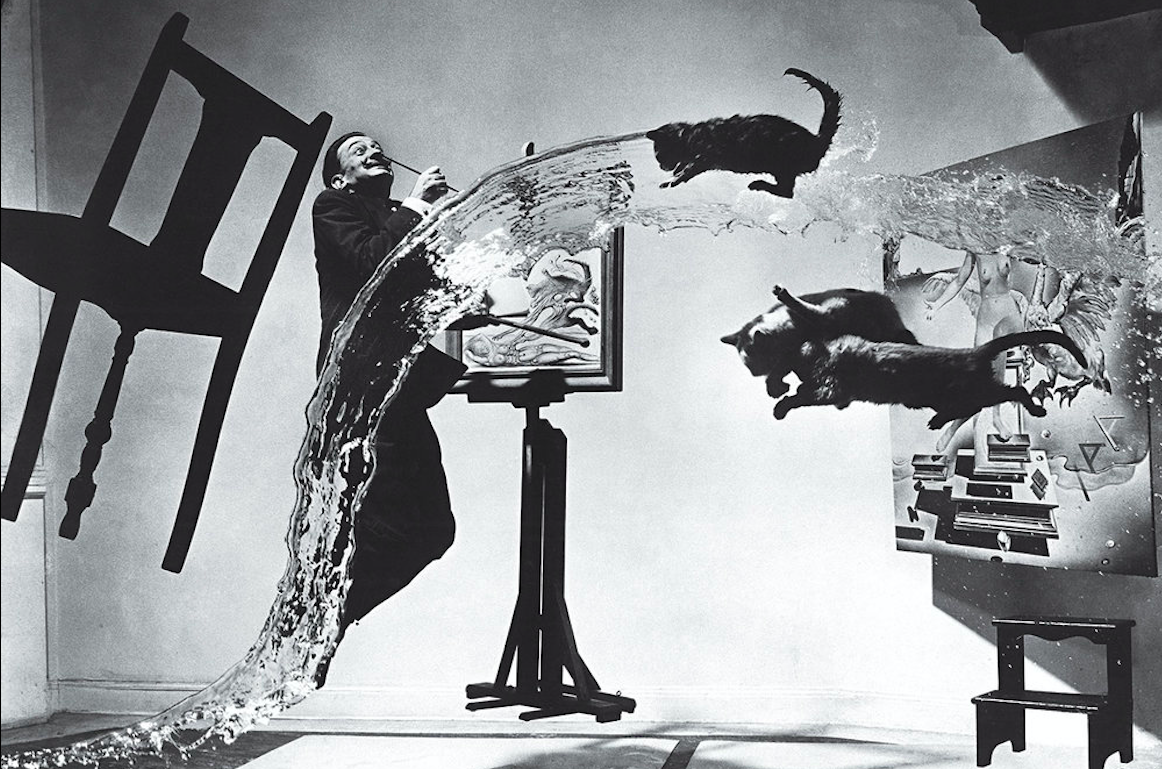 A surrealistic photograph by Philippe Halsman with Salavador Dalí, 'Dalí Atomicus', 1948
A surrealistic photograph by Philippe Halsman with Salavador Dalí, 'Dalí Atomicus', 1948
Famous Surrealist Artists
Perhaps the best-known surrealist artists have been the Spanish Salvador Dalí and the Belgian René Magritte. Dali painted very realistically and is probably the easiest to recognize example of a surrealist. He was a master at creating optical illusions and based on Freud's ideas about dreams and madness, he created obsessive images in which the detailed reality changes into new, complex and disturbing images. Magritte, on the other hand, often focused not on the invisible, but on the visible. His works often raise questions and confusion, what are we really seeing?
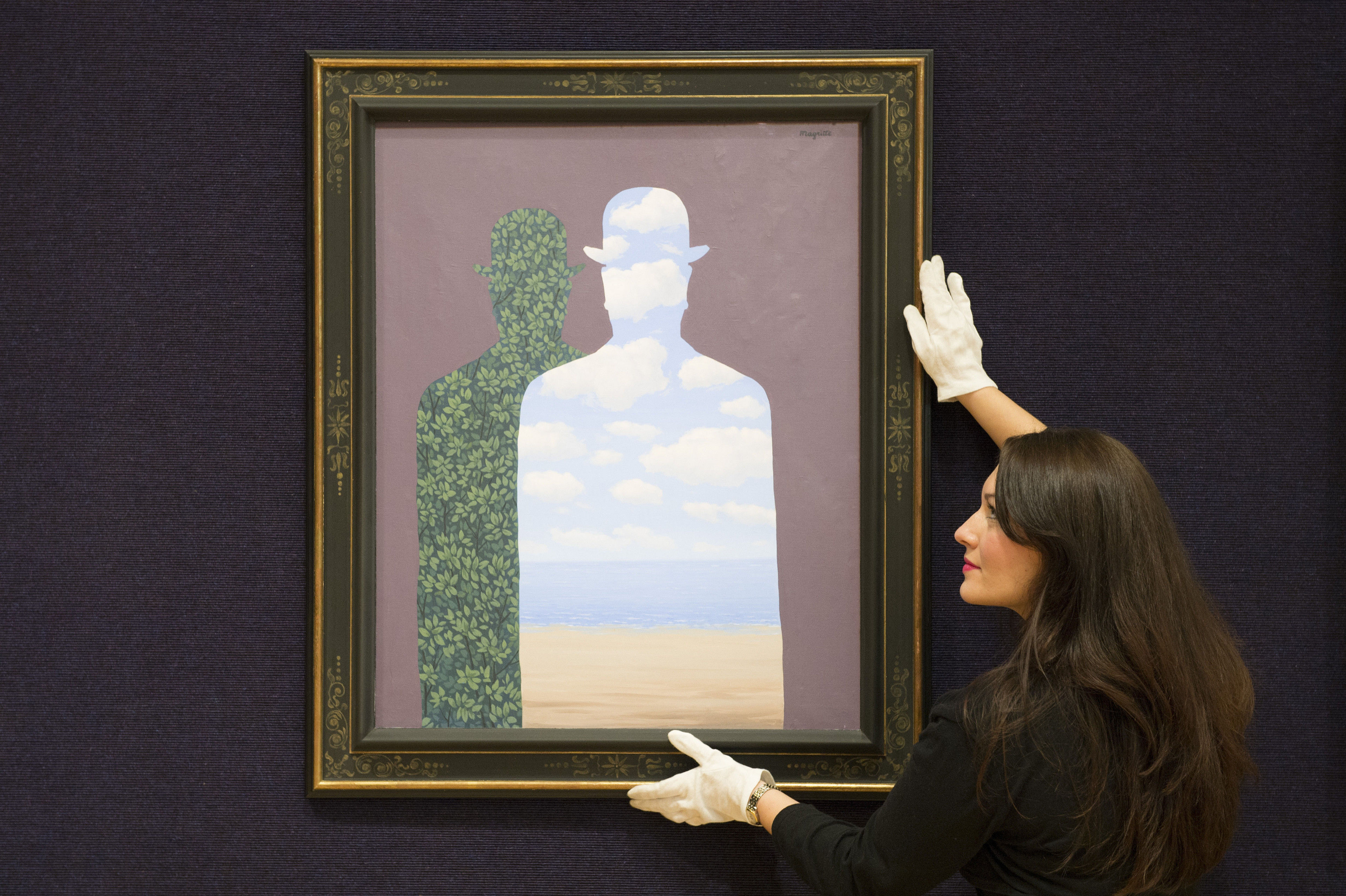 Surrealism; René Magritte's La Belle Société (1965-66) during an art auction
Surrealism; René Magritte's La Belle Société (1965-66) during an art auction
Other important surrealists are the painters: Joan Miró, Paul Delvaux, Frida Kahlo, and Meret Oppenheim, and the sculptors Jean Arp (Hans Arp) and Alberto Giacometti. Picasso also spent time with the surrealists and managed to create a unique personal surrealistic style at that stage of his career.
Joop Moesman and Willem Wagenaar are the best-known Dutch surrealists.
 Frida Kahlo, surrealist "self-portrait on the border line between Mexico and the United States," 1932
Frida Kahlo, surrealist "self-portrait on the border line between Mexico and the United States," 1932
View and buy Surrealist art
The place in the Netherlands to admire surrealistic works is the Museum Boijmans Van Beuningen in Rotterdam. The museum has beautiful works by Ernst, Picabia, Salvador Dalí, René Magritte, Man Ray and Joan Miró, among others, which can be seen regularly in presentations. An important part of the Surrealist collection comes from the collection of the English poet Edward James (1907–1984), the patron of Dalí and Magritte in the 1930s.
The place to buy surrealist art is at Gallerease, where we have collected the most beautiful surrealist artworks from the best galleries and art dealers.
* The image in the header is from a work by Salvador Dalì, 'The temptation of St. Anthony' (1946).



